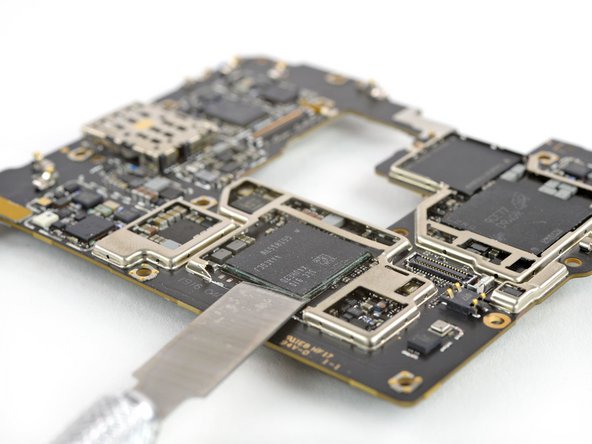crwdns2935425:08crwdne2935425:0
crwdns2931653:08crwdne2931653:0






-
Notably absent from our initial chip findings is the Balong 5000, HiSilicon's multi-mode networking chipset that is supposed to be the powerhouse of this 5G cell.
-
On a hunch, we coarsely chisel off the extra Samsung LPDDR4X chip to find …
-
HiSilicon Hi9500 GFCV101! This is most likely the Balong 5000 we're looking for.
-
Just to be sure, we pry up the Micron memory chip as well. Sure enough, underneath slumbers the HiSilicon Hi3680 GFCV150, also known as Kirin 980.
crwdns2944171:0crwdnd2944171:0crwdnd2944171:0crwdnd2944171:0crwdne2944171:0